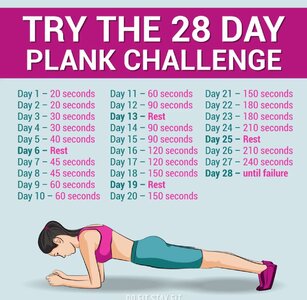Hi Piero,Peter,
As we say in Roman (as I am), there are a couple of ways to go to Rome: by car from Amsterdam strait to Rome driving on highways; by fly, from Schiphol Airport strait to Fiumicino Airport; by train, but sincerely I don't know how many train changes you should make ...
P.S.: I'm looking at your log just to get an idea where to start. Honestly, it's difficult for me to understand Chinese (or Mandarin) language. I was thinking of going to my friend who owns a Chinese restorant and ask him to translate the manuals ... paying of course
At first some help for the translation. It’s already done:
Bluenose translated instructions
I thought I would start a thread for instructions...
shipsofscale.com
Then Dean and Henk fitted everything together.
And I have to mention Don and Eugene for the first steps.
And about the way(s) to Rome. It was mentioned as ‘many roads’. Always a problem with translations. I cycled from Rome to Home and find a lot of different roads.
Regards, Peter
Last edited:



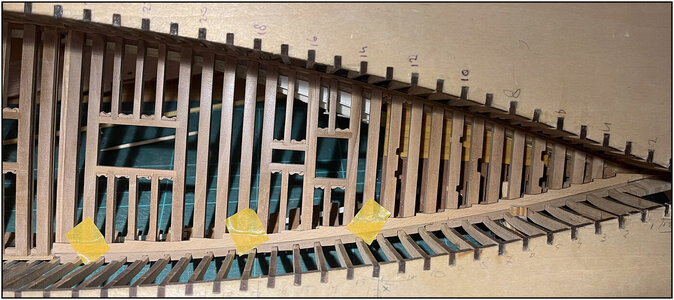
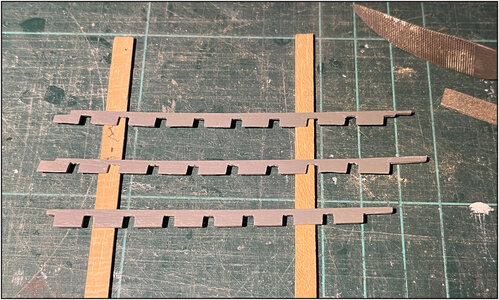
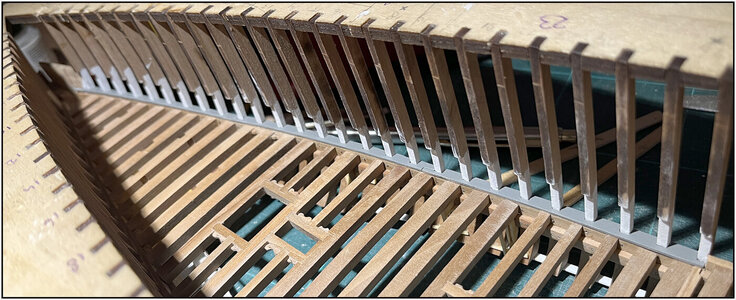
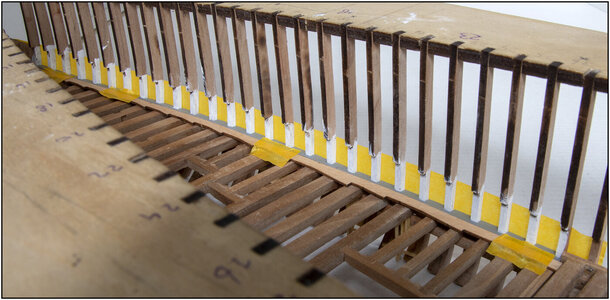
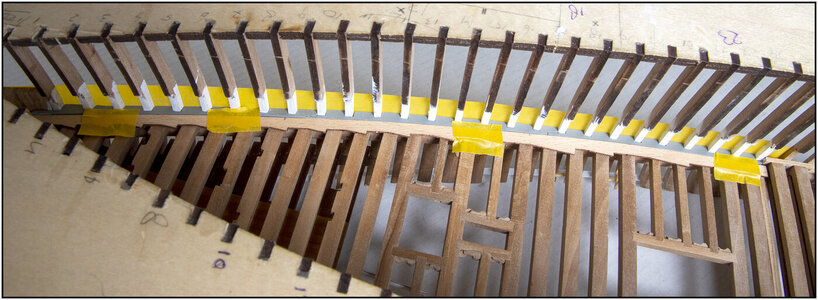


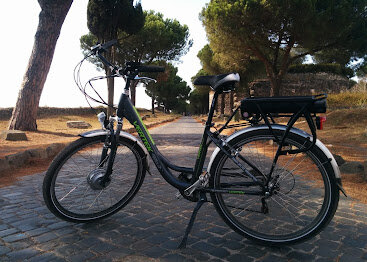
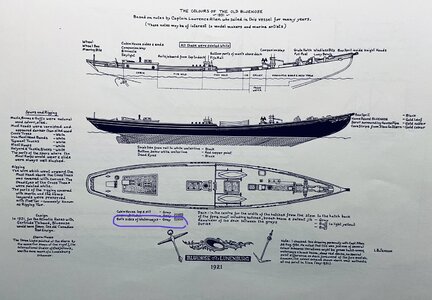
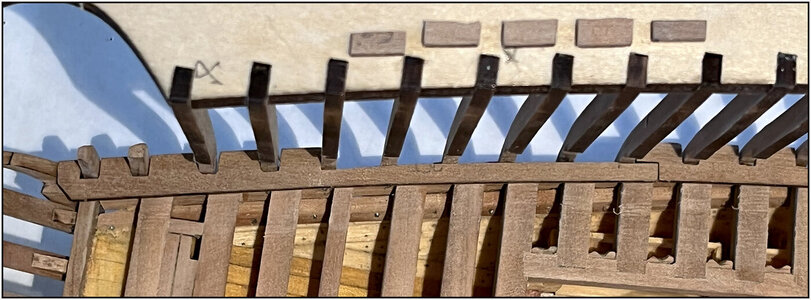
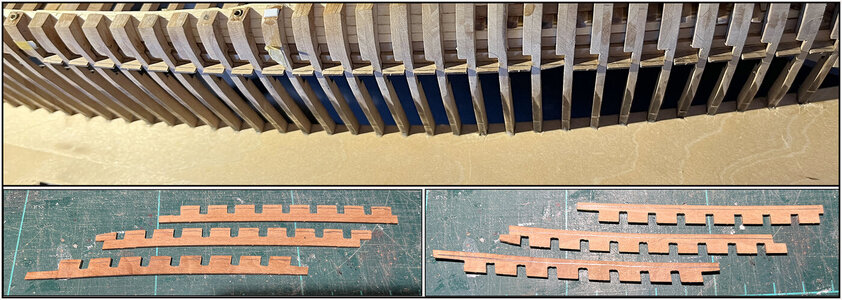

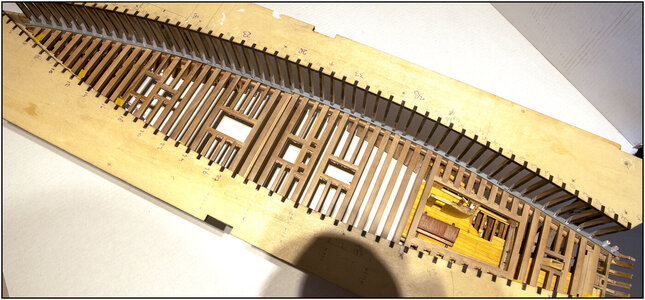
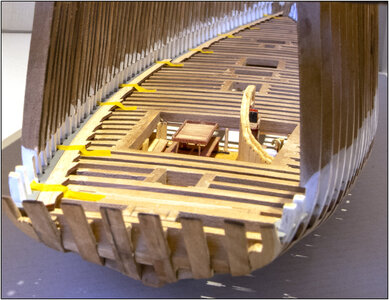

 .
.